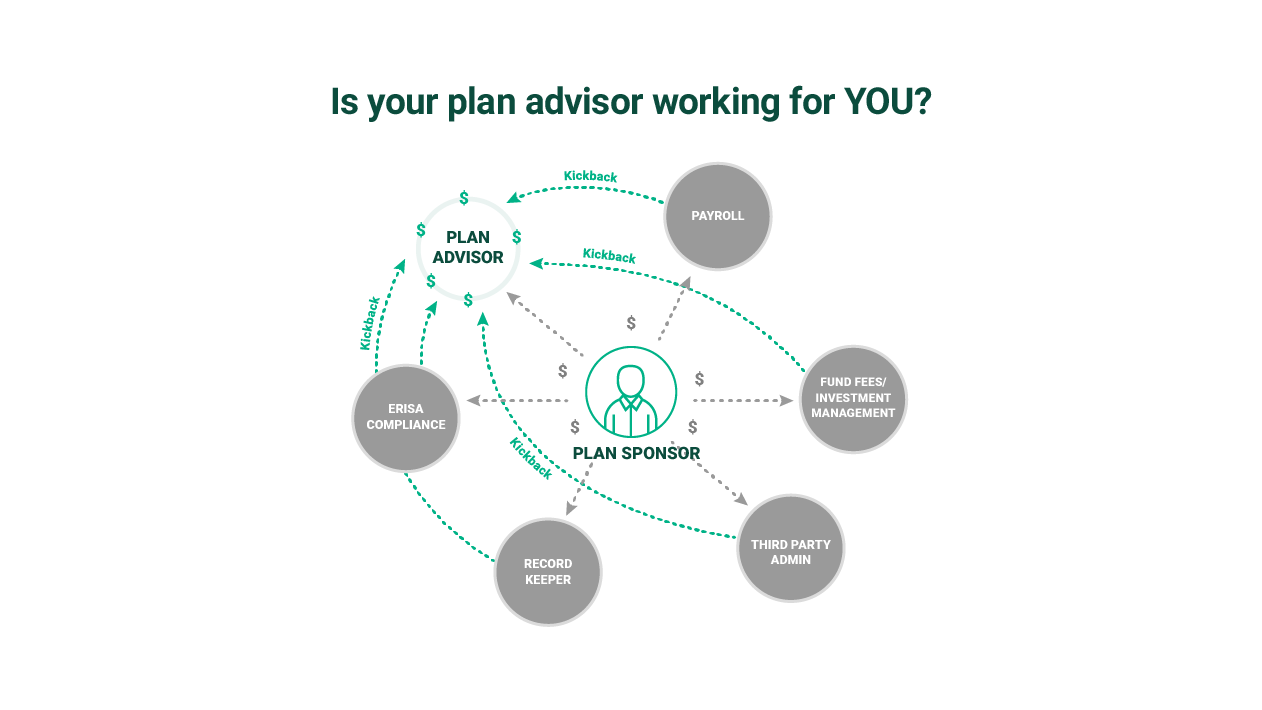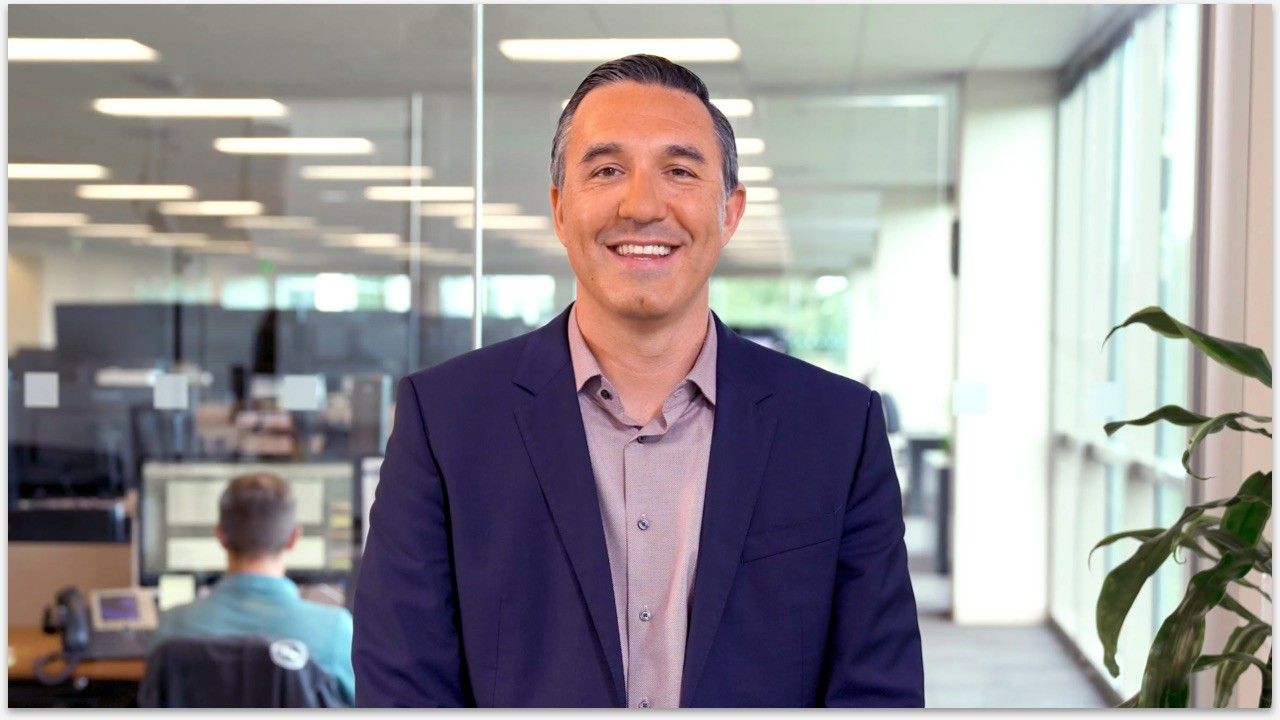Business 401(k) Services / Plan Administration
What Is a Required Minimum Distribution (RMD)?
A Required Minimum Distribution (RMD) is the minimum amount of money an individual has to withdraw from a retirement account once they reach age 73. This includes both individual retirement accounts (IRAs) and company-sponsored retirement accounts like a 401(k). It’s up to each individual who has reached age 73 to withdraw the minimum required on time. As an employer, you have an important role to play in employee communications both to current and former employees who have reached the age threshold. Here is some basic information about RMD rules for employers.
How Does An RMD Work?
When an individual turns 73 years of age, they will be required to take their first Required Minimum Distribution by April 1 of the following year. Each individual will have a different amount to withdraw depending on their age and the total assets in their retirement account. When the first RMD is withdrawn, an individual has the choice to have their income taxes withheld, to pay an estimated tax based on their assumed tax bracket for the year, or they can wait to pay taxes on this income until their complete tax returns are filed for the most accurate amount due.
Are 401(k) RMDs Required?
Anyone who has an employer-sponsored retirement account is required to take a minimum distribution after they’ve reached age 73. RMDs need to be calculated and withdrawn from each 401(k) account an individual owns.
What Are The Penalties For Not Taking 401(k) RMDs?
If an individual waits past April 1st after they turn 73 to take their first RMD, they face a significant penalty: 50% of the RMD total they should have paid. For more information, review this RMD table from the IRS comparing the rules for IRA and 401(k) accounts.
There are some exceptions to this rule. An individual can wait to take their first Required Minimum Distribution until they retire. Once an individual takes their first RMD, however, they can’t stop; they will need to continue taking RMDs each year forward.
Also, if an individual is at least a 5% owner in the company that sponsors their retirement plan, they cannot wait until retirement to begin taking Required Minimum Distributions from their employer-sponsored retirement account
Are 401(k) RMDs Different From IRA RMDs?
It’s important to note that IRAs have their own special RMD rules. If an individual has several IRAs, they have the ability to take their total IRA Required Minimum Distribution from as many or as few of those accounts as they wish.
What Is The Employer’s Role In 401(k) RMDs?
The employer has a role to play in helping employees (or, more commonly, past employees) with their first Required Minimum Distribution. With the first RMD, your 401(k) recordkeeper will notify you as a plan sponsor that an individual faces a RMD for the first time.
Depending on the level of service you receive from your recordkeeper, you may then be responsible for notifying your employee that it’s time to take their first Required Minimum Distribution. This can cause some real trouble, especially in the cases where a long-retired employee has moved or changed their contact information. However, as with many other aspects of 401(k) plan administration, RMDs are another area where you as an employer can lean on your 401(k) adviser for help.
Ask your adviser to not only share information with you to review for accuracy, but also to reach out directly to your employees and help them fill out paperwork correctly for the recordkeeper to initiate a distribution.
For most 401(k) plans, RMDs become fairly automatic after the first one has been taken. Usually the recordkeeper for the company’s plan will be responsible for calculating each participant’s annual RMD amount and automatically distributing those funds.

See our Business 401(k) Insights
Resources and articles to help your business with retirement plan support, optimization and administration.





